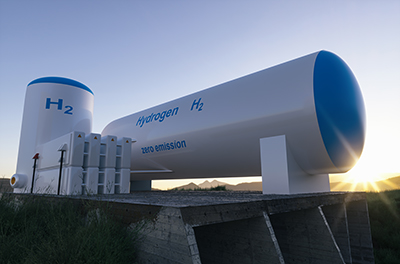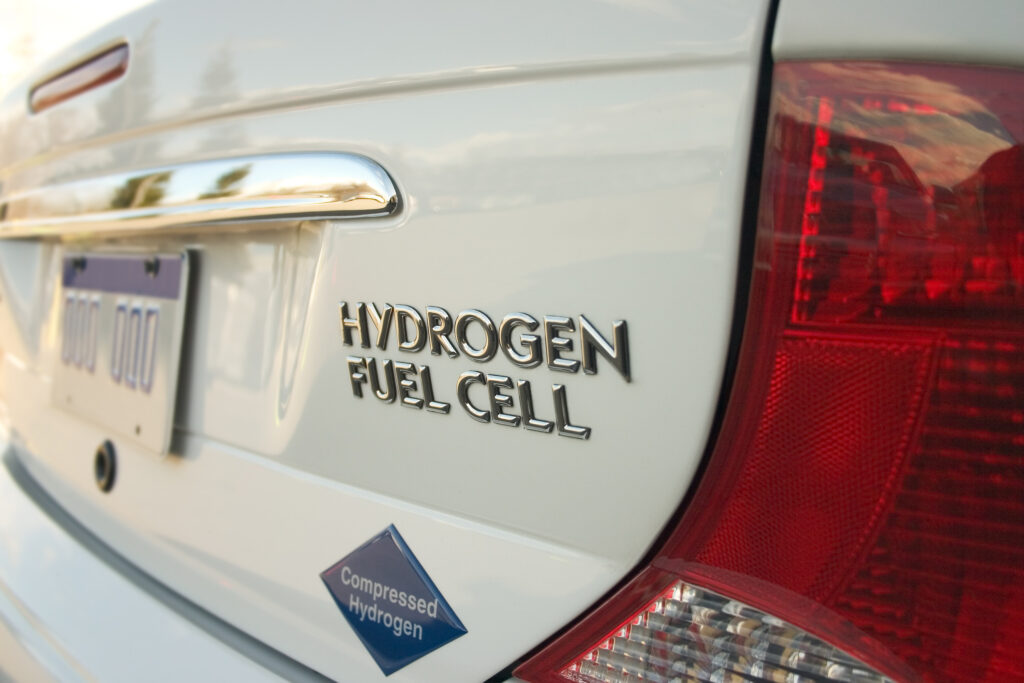Insights: What Airbus’s Hydrogen Aircraft Means for Airports
Part one in a two-part series on alternative aircraft fuels. Click here to read the second installment on Sustainable Aviation Fuels: What Airports Need to Know.
It has been a long time since airports had to plan for a fundamentally new type of fuel. If you could fly your aircraft back in time and land at an airport of yesteryear, chances are good it would have the specific fuel you need for your return flight to the future.
But all of that may be about to change.
In September 2020, Airbus announced plans to develop a line of hydrogen-fueled aircraft. The three concept planes are the latest innovation in commercial aviation’s attempt to reduce its environmental impact. By replacing conventional jet fuel with hydrogen, these aircraft have the potential to dramatically cut the planet-warming greenhouse gasses emitted from each flight. The technology is still developing, and any commercial operation is unlikely before the mid-2030s. Nonetheless, Airbus’s announcement may leave airports wondering what the future of their fuel farm looks like.

Source: Airbus
Where would airports get hydrogen fuel?
Unlike fossil fuels that are extracted from the ground, hydrogen doesn’t exist naturally in usable quantities. It must be manufactured. Today, over 95% of global hydrogen is produced from natural gas through a method called steam reforming, an energy intensive process that uses steam to separate hydrogen molecules from methane. A much cleaner process is to use renewable electricity to split water atoms into hydrogen and oxygen. You may recall this electrolysis experiment from your high school chemistry class! In order to realize the full environmental benefits of hydrogen fuel, the industry will need to significantly ramp up the supply of this type of “green” hydrogen.

Hydrogen could be transported to airports in a variety of ways. With sufficient supplies of renewable energy and water, airports could consider producing it on site. Otherwise, hydrogen will need to be trucked or piped in to an airport. Recent studies by the International Energy Agency have even explored the idea of repurposing existing natural gas pipeline infrastructure to transport hydrogen. Regardless, airports will require the necessary storage infrastructure on site, which would likely include cryogenic technologies to keep hydrogen in a liquid state. Monitoring and leak detection will be critical to ensuring the safety of these storage systems, particularly given the unique chemistry of hydrogen that can cause structural concerns with certain pipe and tank materials.
How would aircraft be fueled with hydrogen?
Fueling aircraft with hydrogen will require significantly different infrastructure than Jet-A or aviation gasoline, the two most widely used aircraft fuels. Many airports have invested heavily in hydrant fueling systems to improve operational efficiency and reduce the use of heavy duty fueling trucks. Although it may be possible to repurpose some of this hydrant infrastructure in the long term, the rollout of hydrogen aircraft will be slow enough that airports can expect a phased approach. Airports will likely rely on hydrogen fuel trucks until there are enough hydrogen aircraft to justify more substantial investment in “in-ground” infrastructure. Airports may also consider developing a certain number of “hydrogen ready” gates to further support a phased approach.
What can airports do to start planning in the near term?

Although the timing and scale of hydrogen’s adoption in the aviation industry remains somewhat uncertain, airports should consider the future of alternative aircraft fuels as part of broader planning efforts. One way that airports can plan for the hydrogen aircraft transition today is by starting with vehicles. Hydrogen fuel cell vehicles are a proven technology, with airport deployment examples around the world for both passenger vehicles and shuttles buses. Starting with vehicles offers airports the opportunity to test the technology and fuel storage on a smaller scale. Lessons learned could then be applied to larger solutions for aircraft fueling down the road. Many funding opportunities exist for hydrogen vehicles, including federal and state-level programs, so the required capital investment could be minimal while still preparing the airport for the future.
Looking at the Bigger Picture

It is worth noting that hydrogen is just one of several alternative aircraft fuel technologies currently in development. A very small but growing portion of the nation’s jet fuel supply is derived from renewable sources, known as sustainable aviation fuel (SAF). SAF has many positive environmental attributes and represents a promising way to reduce emissions from air travel. Although SAF has faced headwinds related to supply chains, distribution infrastructure, and economics, continued research and development is expected in the years ahead. [Part two of this two-part series on alternative aircraft fuels will explore SAF in more detail] Aircraft fully propelled by electricity, or a hybrid system, are also being developed by manufacturers around the world. These electric aircraft are expected to favor general aviation and the shortest of commercial routes, leaving hydrogen and SAF as the most likely low-carbon contenders to power longer-haul flights.
Corey Johnson, CEM, ENV SP
Principal Consultant
To learn more about planning for alternative fuels at your airport, contact Corey at csjohnson@cscos.com, or (202) 449-1096.